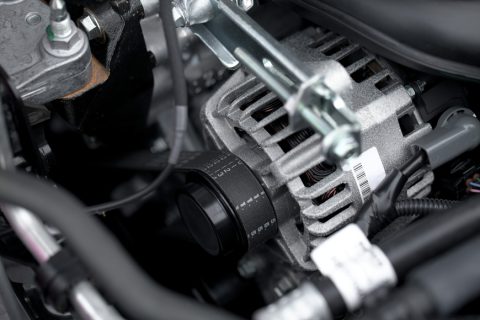Everybody wants a reliable vehicle to drive, but not many people are forward-thinking enough to practice preventive maintenance beyond the barest of basics. After all, preventive maintenance costs money and nobody likes to spend money “unnecessarily.” We put unnecessarily in quotes because we want to emphasize the fact that most consumers do not appreciate the benefits of preventive maintenance when it comes to belts and hose. Changing the oil and filters every so often they can understand. Oil and filters get dirty and need to be changed. Replacing spark plugs periodically they can also understand. Spark plugs wear out and can become fouled. But replacing radiator and heater hose that have not yet failed?
Most belts and hose fail from the inside out. Rubber hose (which are actually made of neoprene or other synthetic materials) can deteriorate with age and exposure to heat. Today’s hoses can last 8 to 10 years with no problems, but eventually the hose material will become hard and brittle. Tiny cracks develop in the rubber which eventually cause the hose to split, blister or leak. Oil on the outside of coolant hose can also accelerate the breakdown of the hose material. This type of deterioration can usually be seen on the outside. But what often escapes detection is what is going on inside hose.


